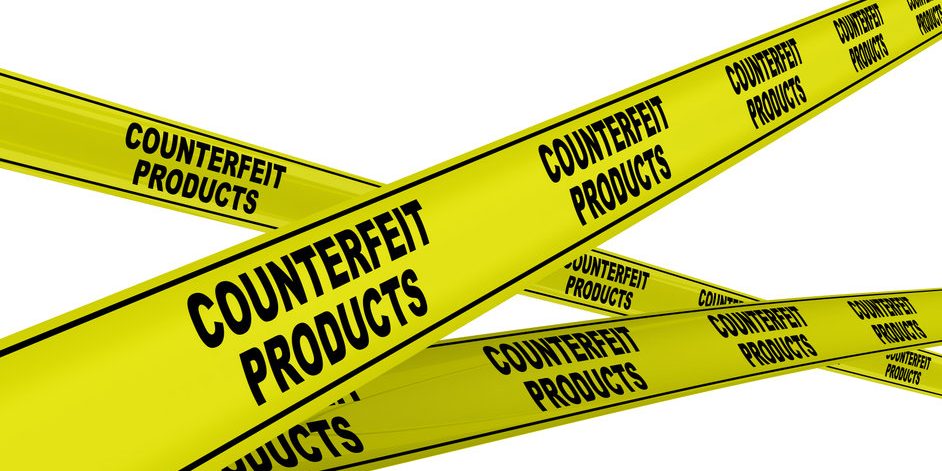Counterfeits are found in almost every business, so it’s no surprise that counterfeit components are a concern in the electronics industry. Despite the efforts of governments, businesses, and other stakeholders to prevent counterfeits from entering the market through a variety of means, they do occasionally succeed. These counterfeit components can degrade product performance and pose safety hazards.
Products containing counterfeit electronic components, in fact, are a source of concern for manufacturers and distributors who guarantee consumers dependability. Most electronics on the market have some kind of warranty. Furthermore, a producer risks unwittingly making misleading claims to purchasers that the components integrated into their product are solid, validated, and deliver on their specification promises.
How do Counterfeit Electronics make their way to market?
Concerns over importing obsolete electronic products have increased in response to recent reports that outdated electronics are being transferred to foreign nations, where they are reconditioned in new electronic gadgets. China and Hong Kong are the most often reported nation names for remanufacturing technology that has reached the end of its useful life.
Between the environmental benefits of recycling old and used parts and the compromise of technological quality owing to the usage of poorly-produced counterfeit components, there is a vast paradox of local and international rules that engineers must navigate.
Counterfeit Electronic Components are causing problems in the electronics industry
Counterfeiting components might involve attempting to pass off lower-spec parts as higher-spec parts by changing part numbers, re-packaging them, or even mixing them in with higher-quality parts. Older components can occasionally be marketed as new, while defective parts might be labelled as working and resold. These counterfeit parts will not have been subjected to the same testing and qualifying procedures as components rated for high-demand or harsh operating situations. This lack of testing can lead to catastrophic failures of important equipment used in medical, aviation, or military applications.
It is believed that counterfeit components cost US manufacturers billions of dollars each year as they strive to avoid the difficulties these parts might create. You may take some precautions by learning to recognize and avoid counterfeit components such as acquiring counterfeit component training and the like.
Identifying Counterfeit Electronic Components
Here are several methods for determining whether or not your components are counterfeit:
- Visual inspection: It is critical to compare your parts to a well-known good sample. Inspect for inaccurate or misspelled information, incorrect part numbers or date codes, mislabeled or improper packaging for the part type, and logos and typefaces that do not match those of the original component manufacturer.
- Examine for Physical Deformities: Due to the fact that counterfeit components are created from scrap electronics, they are prone to wear and tear, bent leads, and scratch marks. Physical abnormalities are frequently linked to poorly copied plastic and glass combinations utilized in counterfeit components. Original marks are eliminated by a technique known as ‘blacktopping,’ which includes coating them with a polymer layer to ensure that the new product has no instantly evident deformities or variances.
- X-ray Inspection: It examines the interior contents of a component to detect flaws such as missing or irregular die sizes, missing or broken wire bonds, or apparent delamination.
- Testing: Components can also be electrically examined before usage to ensure that they are in good working order.
Counterfeit Component Certification: The certification you need
With counterfeiting becoming more prevalent, we must be aware of how to minimize, reduce, and regulate our exposure to counterfeit components.
Blackfox and ProSkill CTG collaborate to provide a one-of-a-kind two (2) Counterfeit Component Training, PRO-STD-001, a complete training program on Counterfeit Component Prevention. The program is a thorough specialist course packed counterfeit component certification with essential information on this high-profile issue to assist your firm in preventing the invasion of counterfeit electrical components. This course is current and full of valuable information. It is not based on a self-study CD or false material obtained from the internet.
Conclusion
Counterfeit electronic components are becoming more and more common. If you have already been affected by this problem, it’s important to get your product inspected as soon as possible, as well as minimize increasing difficulties by collecting knowledge that would reduce the rising situation. To learn more about how we can help, please contact our team today.






